PSILOCIN
- CAS NO.:520-53-6
- Empirical Formula: C12H16N2O
- Molecular Weight: 204.27
- MDL number: MFCD00079228
- EINECS: 208-296-5
- SAFETY DATA SHEET (SDS)
- Update Date: 2023-06-08 09:03:07
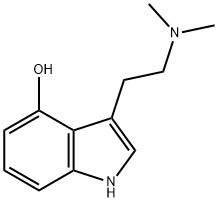
What is PSILOCIN?
Description
Psilocin, also called N,N-dimethyl-4-hydroxytryptamine, is a psychoactive substance that was first isolated in 1958 by Albert Hofmann and co-workers at Sandoz (Basel, Switzerland; now part of Novartis) from the psychedelic mushroom Psilocybe mexicana. The Hofmann group elucidated the structure of the molecule and synthesized it the same year.
Psilocybin, the Molecule of the Week for October 2, 2017, is the monophosphate ester of psilocin; it is more abundant in mushrooms than the parent compound. The tryptamine derivatives were concurrently isolated and synthesized.
In 1966, the United States passed laws that prohibited the production, trade, and ingestion of hallucinogenic drugs, including psilocin and psilocybin. Five years later, the United Nations listed them as Schedule I drugs1 under the Convention on Psychotropic Substances. Some countries, however, allow them to be used for religious purposes or in medical research.
In light of ongoing research on the use of psychedelics to treat neuropsychiatric disorders, David E. Olson, Pamela J. Lein, and colleagues at the University of California, Davis, sought to develop a screening method for determining the neurotoxicity of 13 such compounds, including psilocin and psilocybin. This past February, they described a study in which larval zebrafish were exposed to the drugs at various concentrations and observed teratological and behavioral abnormalities in the fish.
The researchers found that the tryptamines were less neurotoxic to zebrafish than LSD and psychostimulants (e.g., amphetamines). They concluded that their screening method could generate a robust database for rapidly quantifying neurotoxicity in psychedelics being developed as therapeutics.
For more information on psilocin and psilocybin, see the ScienceDirect topics page.
1. Drugs with a high potential for abuse.
The Uses of PSILOCIN
The minor hallucinogenic component of the Teonanacatl mushroom. Psilocin is the 4-hydroxy analog of Psilocybin, formed by metabolic dephosphorylation of Psilocybin and is an active neurochemical. Psychomimetic. Controlled substance (hallucinogen).
Definition
An indole derivative. An alkaloid from certain mush- rooms; a hallucinogenic drug.
Properties of PSILOCIN
| Melting point: | 173-176° |
| Boiling point: | 342.77°C (rough estimate) |
| Density | 1.0565 (rough estimate) |
| refractive index | 1.6000 (estimate) |
| Flash point: | 11 °C |
| storage temp. | −20°C |
| solubility | Soluble to 100 mM in DMSO |
| appearance | white crystals or solid |
| form | neat |
| pka | 10.01±0.40(Predicted) |
Safety information for PSILOCIN
| Signal word | Warning |
| Pictogram(s) |
 Exclamation Mark Irritant GHS07 |
| GHS Hazard Statements |
H302:Acute toxicity,oral |
Computed Descriptors for PSILOCIN
New Products
4-AMINO-TETRAHYDRO-PYRAN-4-CARBOXYLIC ACID HCL 4-(Dimethylamino)tetrahydro-2H-pyran-4-carbonitrile 4-Aminotetrahydropyran-4-carbonitrile Hydrochloride (R)-3-Aminobutanenitrile Hydrochloride 3-((Dimethylamino)methyl)-5-methylhexan-2-one oxalate 1,4-Dioxa-8-azaspiro[4.5]decane 5-Bromo-2-nitropyridine Nimesulide BP Aceclofenac IP/BP/EP Diclofenac Sodium IP/BP/EP/USP Mefenamic Acid IP/BP/EP/USP Ornidazole IP Diclofenac Potassium THOMAIND PAPER PH 2.0 TO 4.5 1 BOX BUFFER CAPSULE PH 9.2 - 10 CAP SODIUM CHLORIDE 0.1N CVS ALLOXAN MONOHYDRATE 98% PLATINUM 0.5% ON 3 MM ALUMINA PELLETS (TYPE 73) LITHIUM AAS SOLUTION 2-Bromo-1-(bromomethyl)-3-chloro-5-nitrobenzene 2-Bromo-3-nitroaniline N-(3-Hydroxypropyl)-N-methylacetamide 3-Bromo-6-chloropyridazine 4-ethyl-3-nitrobenzoic acidRelated products of tetrahydrofuran
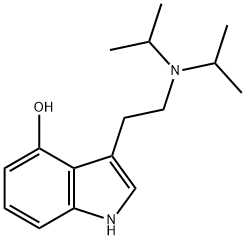
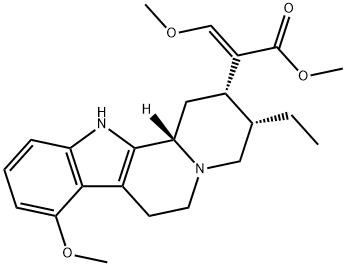
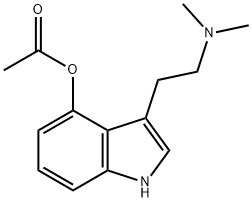
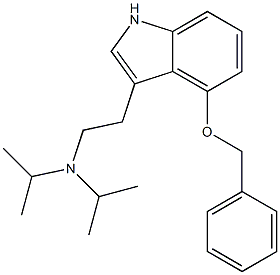

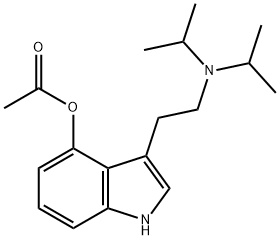

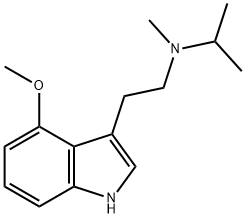
You may like
-
 1-Methyl-6-oxo-1,6-dihydropyridazine-3-carbonitrile 98%View Details
1-Methyl-6-oxo-1,6-dihydropyridazine-3-carbonitrile 98%View Details
99903-60-3 -
 88491-46-7 98%View Details
88491-46-7 98%View Details
88491-46-7 -
 1823368-42-8 98%View Details
1823368-42-8 98%View Details
1823368-42-8 -
 2-(3-(tert-butyl)phenoxy)-2-methylpropanoic acid 1307449-08-6 98%View Details
2-(3-(tert-butyl)phenoxy)-2-methylpropanoic acid 1307449-08-6 98%View Details
1307449-08-6 -
 Ethyl 3-(furan-2-yl)-3-hydroxypropanoate 25408-95-1 98%View Details
Ethyl 3-(furan-2-yl)-3-hydroxypropanoate 25408-95-1 98%View Details
25408-95-1 -
 2-Chloro-5-fluoro-1-methoxy-3-methylbenzene 98%View Details
2-Chloro-5-fluoro-1-methoxy-3-methylbenzene 98%View Details
1805639-70-6 -
 1784294-80-9 98%View Details
1784294-80-9 98%View Details
1784294-80-9 -
 Lithium ClavulanateView Details
Lithium ClavulanateView Details
61177-44-4